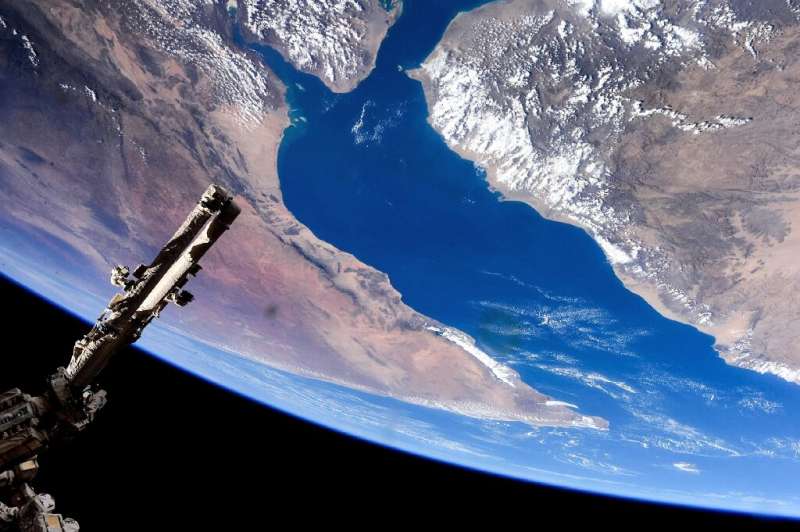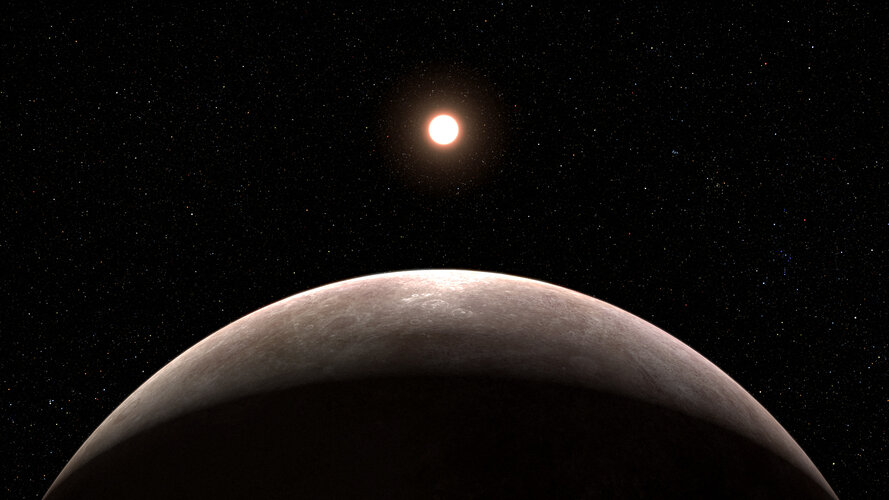
Copernical Team
Russia to send rescue mission to space station
 Russia said Wednesday that it will send an empty spacecraft to the International Space Station (ISS) next month to bring home three astronauts whose planned return vehicle was damaged by a strike from a tiny meteoroid.
The Russian space agency, Roscosmos, made the announcement after examining the flight worthiness of the Soyuz MS-22 crew capsule docked with the ISS that sprang a radiator coo
Russia said Wednesday that it will send an empty spacecraft to the International Space Station (ISS) next month to bring home three astronauts whose planned return vehicle was damaged by a strike from a tiny meteoroid.
The Russian space agency, Roscosmos, made the announcement after examining the flight worthiness of the Soyuz MS-22 crew capsule docked with the ISS that sprang a radiator coo Russia will launch new capsule to return space station crew

Space junk, not meteorites, remains biggest threat to spacecraft

Russian announced on Wednesday a February mission to the International Space Station to pick up crew members left stranded after a strike damaged the capsule that was to take them home.
Didier Schmitt, the European Space Agency's head of human and robotic exploration, said it was not rare for tiny meteorites to hit the space station.
The micrometeorites can be traveling at speeds from 10 to 30 kilometers (6-18 miles) a second—"much faster than a shotgun bullet," Schmitt said.
That is why, when the space station's large observation window is not in use, it is shuttered with "very, very thick layers of protective materials," he said.
Five things to know about the International Space Station

Here are some key facts about the orbiting laboratory set up to advance space exploration—and prepare to send humans to Mars—where Russians and Americans have worked together for a quarter of a century.
Size of a football field
The ISS is the largest man-made structure ever put into orbit.
Launched in 1998 by the United States, Russia, Canada, Japan, and members of the European Space Agency (ESA) it is the size of a football field and weighs about the same as a jam-packed Boeing 747.
Built at a total cost of about 100 billion dollars, mostly paid for by the US, it orbits the Earth every 90 minutes at an average altitude of 400 kilometres (250 miles).
It has been permanently occupied since November 2000 by Russian and American-led crews that usually stay for around six months to carry out experiments in microgravity (weightlessness) which have practical applications on Earth and help prepare for future Mars missions.
Webb confirms its first exoplanet

Researchers have confirmed the presence of an exoplanet, a planet that orbits another star, using the NASA/ESA/CSA James Webb Space Telescope for the first time. Formally classified as LHS 475 b, the planet is almost exactly the same size as our own, clocking in at 99% of Earth’s diameter.
Russia to launch new capsule to return space station crew

NASA wants you to help study planets around other stars
 More than 5,000 planets have been confirmed to exist outside our solar system, featuring a wide array of characteristics like clouds made of glass and twin suns. Scientists estimate there could be millions more exoplanets in our home galaxy alone, which means professional astronomers could use your help tracking and studying them.
This is where Exoplanet Watch comes in. Participants in the
More than 5,000 planets have been confirmed to exist outside our solar system, featuring a wide array of characteristics like clouds made of glass and twin suns. Scientists estimate there could be millions more exoplanets in our home galaxy alone, which means professional astronomers could use your help tracking and studying them.
This is where Exoplanet Watch comes in. Participants in the SwRI scientists find evidence for magnetic reconnection between Ganymede and Jupiter
 In June 2021, NASA's Juno spacecraft flew close to Ganymede, Jupiter's largest moon, observing evidence of magnetic reconnection. A team led by Southwest Research Institute used Juno data to examine the electron and ion particles and magnetic fields as the magnetic field lines of Jupiter and Ganymede merged, snapped and reoriented, heating and accelerating the charged particles in the region.
In June 2021, NASA's Juno spacecraft flew close to Ganymede, Jupiter's largest moon, observing evidence of magnetic reconnection. A team led by Southwest Research Institute used Juno data to examine the electron and ion particles and magnetic fields as the magnetic field lines of Jupiter and Ganymede merged, snapped and reoriented, heating and accelerating the charged particles in the region. NASA scientists study life origins by simulating a cosmic evolution
 Amino acids make up millions of proteins that drive the chemical gears of life, including essential bodily functions in animals. Because of amino acids' relationship to living things scientists are eager to understand the origins of these molecules. After all, amino acids may have helped spawn life on Earth after being delivered here about 4 billion years ago by pieces of asteroids or comets.
Amino acids make up millions of proteins that drive the chemical gears of life, including essential bodily functions in animals. Because of amino acids' relationship to living things scientists are eager to understand the origins of these molecules. After all, amino acids may have helped spawn life on Earth after being delivered here about 4 billion years ago by pieces of asteroids or comets. NASA missions find 'jetlets' could power the solar wind
 Scientists with NASA's Parker Solar Probe mission have uncovered significant new clues about the origins of the solar wind - a continual stream of charged particles released from the Sun that fills the solar system.
Observations from multiple space and ground-based observatories show the solar wind could be largely fueled by small-scale jets, or "jetlets," at the base of the corona - the S
Scientists with NASA's Parker Solar Probe mission have uncovered significant new clues about the origins of the solar wind - a continual stream of charged particles released from the Sun that fills the solar system.
Observations from multiple space and ground-based observatories show the solar wind could be largely fueled by small-scale jets, or "jetlets," at the base of the corona - the S 